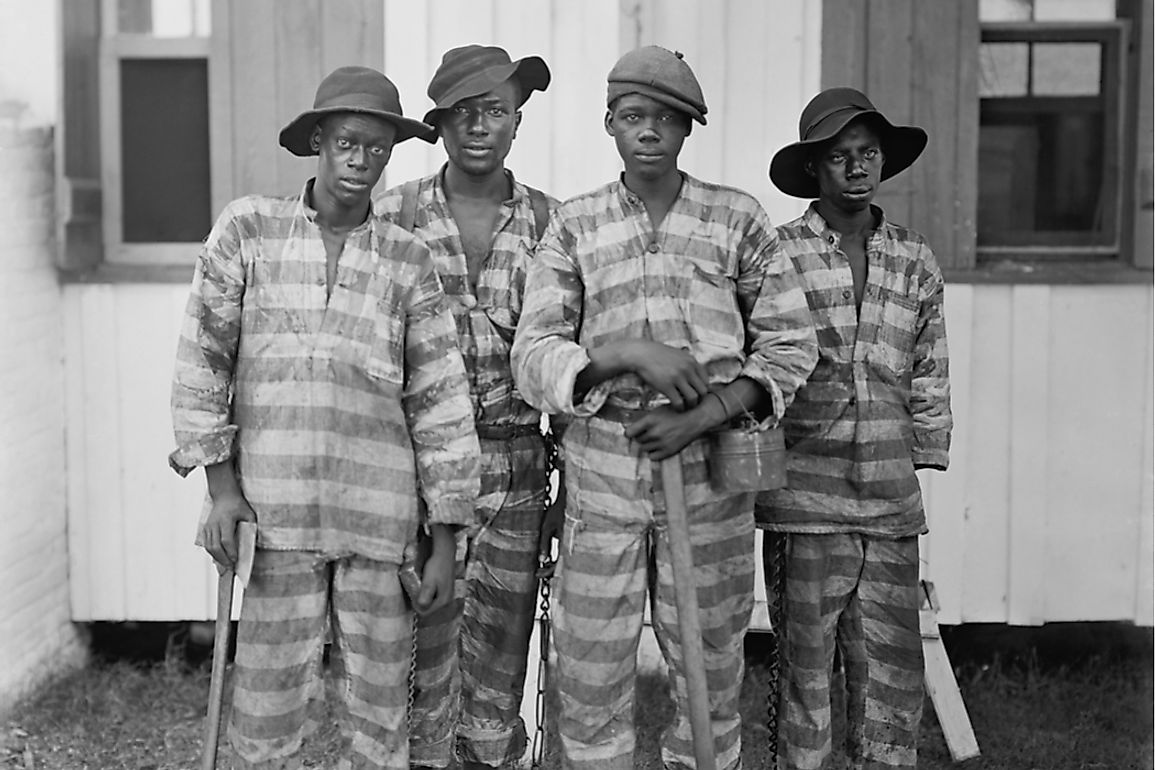What was Convict-Leasing?

Convict leasing was a system used by prisons to lease prisoners to private parties such as corporations and plantation owners. The system was rampant in the southern states between 1884 and 1928. By contracting private parties such as corporations and plantation owners with prison labor, state prisons would make a profit. Once leased, the prisoners were subject to the lessee who took full responsibility for housing, feeding, and clothing them. Louisiana was the first state to use convict-leasing in 1844. The trend became widespread after the end of the civil war in 1865 and during the American Reconstruction period.
The process of convict-leasing came with numerous benefits to the states in which it was practiced. For example, the state of Alabama recorded a huge percentage in annual profit from 10 percent of generated revenue to about 73 percent. However, the idea of convict-leasing was viewed as legalized slavery since a majority of prisoners leased out were black.
Convict-leasing came with the human cost of increased convict death rates which was about ten times higher in leasing states compared to non-leasing states. Of the leased prisoners, a majority of them black, 25 percent died while serving their prison sentence.
Origins Of Convict-leasing
Convict leasing was a practice initiated to replace the labor of freed slaves. It was during the reconstruction period (1865-1877) after the American Civil war that the practice began and thrived. It was widely accepted in the southern states of the United States and quickly spread to other parts of the country. Legislation known as Black Codes was passed by legislators in the south which restricted the employment opportunities and movement for black Americans. All black Americans were to be employed by white Americans and many could be imprisoned for minor offences such as vagrancy. Convict-labor was a high commodity for plantation owners and corporations who struck contracts with state-owned prisons for labor. This collusion between legislators (both black and white) in the criminal and justice department and business owners led to the widespread leasing practice. It was used as a new source of revenue for cash-strapped states while the lessees saw it as an opportunity to acquire labor at below-market rates.
Proponents of convict-leasing cited the thirteenth amendment of 1865, which, while abolishing all forms of slavery, permits the practice as a means of punishment for criminals. This collusion between the criminal and justice system, the government, and the lessees was motivated by financial profit at the expense of prisoners. The convicts were forced into all labor sectors such as mining, logging, railroad construction, and farming.
The End Of Convict-Leasing
Various reports in newspapers had earlier highlighted the plight and effects of convict-leasing at the beginning of the 20th century. However, despite public opposition to the practice, state governments and corporations fought to maintain the practice which streamed in profit for them. Convict-labor did not produce the highest quality work or production and employers were concerned about the quality of output. Coupled with public pressure, policy reforms and political pressure convict-leasing came to an end. The economic realities of the day also necessitated the reforms. Negative publicity also played a major role in spelling the end of convict-leasing.











